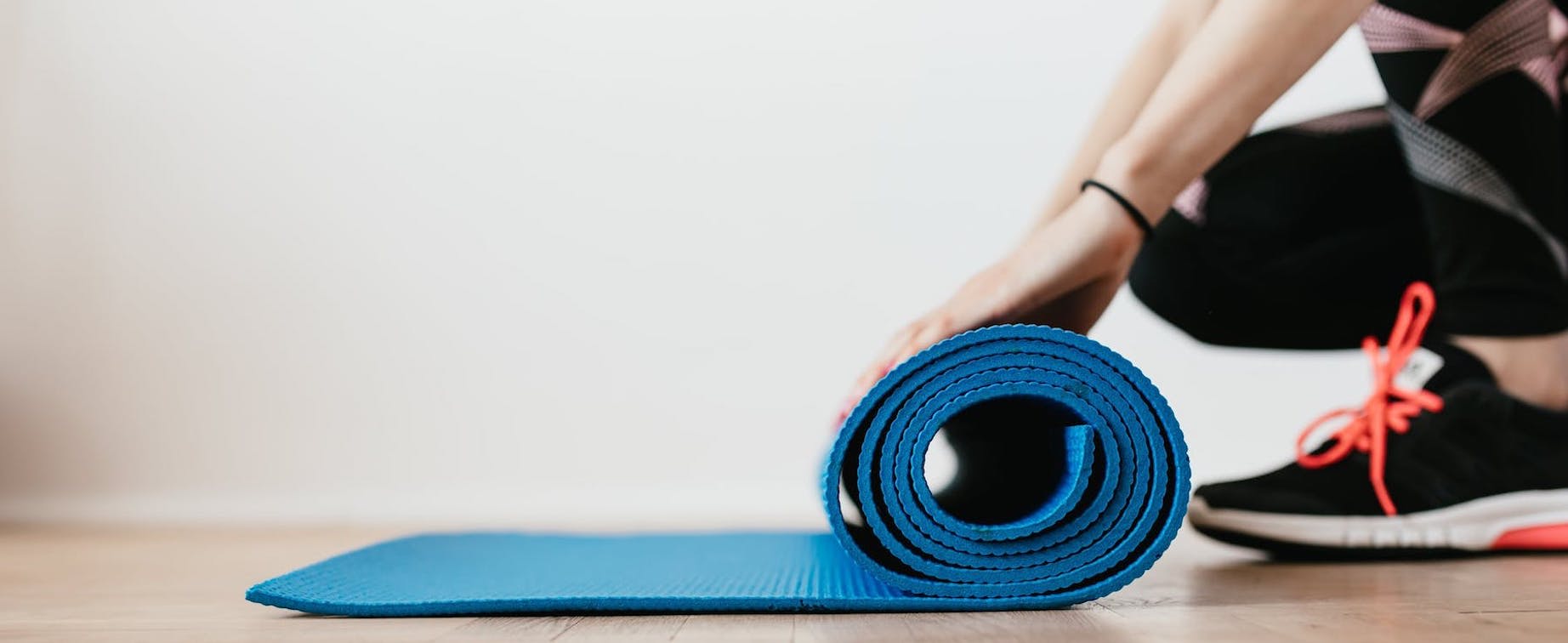Table of Contents
I. What is Overactive Bladder?
a. How to Find the Correct Muscle
What is Overactive Bladder?
Overactive bladder (OAB) is a condition that causes frequent, sudden, and powerful urges to urinate. OAB affects around one in ten Americans and can have a negative affect a person’s quality of life in several ways. [1] Many people take social activities, traveling, and having fun in the outdoors for granted. For people that have an overactive bladder, activities like these can bring on real stress and anxiety. There is always an underlying fear of being unable to find a bathroom, or being unable to reach one in time.

Along with the sudden urge to urinate, OAB also increases the frequency that you need to go. People with OAB, typically need to urinate eight or more times within a 24-hour period. Often, people that have an overactive bladder also have nocturia. Nocturia causes a person to wake up more than once during the night to urinate. [2]
Overactive bladder becomes more common after the age of 40 but it is not simply a normal part of the aging process. If you think that you may have OAB, then you should visit your doctor. There are prescription medications available that can help treat the symptoms of this condition. Antispasmodic drugs such as Myrbetriq (mirabegron), Detrol LA (tolterodine), and Vesicare (solifenacin) relax smooth muscles in the bladder and block transmitters in the nerves, which reduce sudden urges to urinate. [3]
Along with prescription medications, lifestyle choices such as exercises and diet can help to decrease the frequency and severity of symptoms. Keep reading to learn about exercises that you can do to strengthen your bladder and improve your condition.
Kegel Exercises
As people get older, the muscles surrounding the bladder can weaken. Certain exercises can be helpful in strengthening and training the pelvic floor muscles. Having strong pelvic floor muscles can improve the control of your urination. Kegel exercises can be effective in strengthening these muscles. They don’t require any special equipment and can be done almost anywhere and anytime.
After doing Kegel exercises regularly, you should hopefully begin to see results within a few weeks to months. [4] If you are struggling with Kegel exercises, you can speak to your doctor. Your healthcare provider should be able to give you tips and feedback

a. How to Find the Correct Muscle
It is important before beginning Kegel exercises that you know which muscles you are exercising. Kegel exercises are similar to stopping urinating mid-stream By tightening and relaxing these muscles, you will have more control over your urine.
The easiest way to find your pelvic floor muscles is when you are next in the washroom. While urinating, try to stop midway through. The muscles that you can feel moving and tightening in the bladder, anus, and vagina are your pelvic floor muscles. If you have done it correctly, other surrounding muscles such as the thighs, abdomen, and buttocks should stay relaxed. [5] It is okay if you do not feel the muscles the first time that you try this.
If you are still unsure if you are exercising the pelvic floor muscles, there is another way to find them: Insert a finger into your vagina (for women) or rectum (for men). Try to pretend that you are trying to prevent passing gas or holding in urine. You should be able to feel the muscles contracting.
b. How to Do Kegel Exercises
Once you know which muscles you are tightening, you can begin your exercises.
- Before starting Kegel exercises, you should empty your bladder.
- Lie down on the floor facing the ceiling. Your knees should be bent and apart.
- Contract your muscles for between three and five seconds. Try to focus on only contracting your pelvic floor muscles.
- Let your muscles relax for three to five seconds.
- Avoid holding your breath while doing these exercises. Try to breathe as normal.
- Repeat this cycle of contracting and relaxing muscles ten to 15 times. [5]
Once you have been practicing these stretches regularly, your muscles should become stronger. After a little while, you will be able to do these exercises from a sitting or standing position. [6]

c. When to do Kegel Exercises
When possible, you should try and do a cycle of ten contractions three times each day. [5] You should do these exercises when you have an empty bladder. Continually practicing these exercises while actually urinating can result in a urinary tract infection (UTI).
Try to make Kegel exercises a regular part of your daily routine. If possible, try and do your repetitions at the same times each day so that you are less likely to forget. Once you are comfortable with these exercises, you will be able to do them discreetly while sitting or standing.
It is important to continue to exercise your pelvic muscles regularly, even when your symptoms improve. Incontinence and other symptoms can return once you stop stretching your pelvic floor regularly. [5]
The content provided in this article is based on thorough research and in some cases, reviewed by a medical professional. Our goal for the information is to provide helpful, general health informational. It is not intended as a substitute for professional medical advice.
